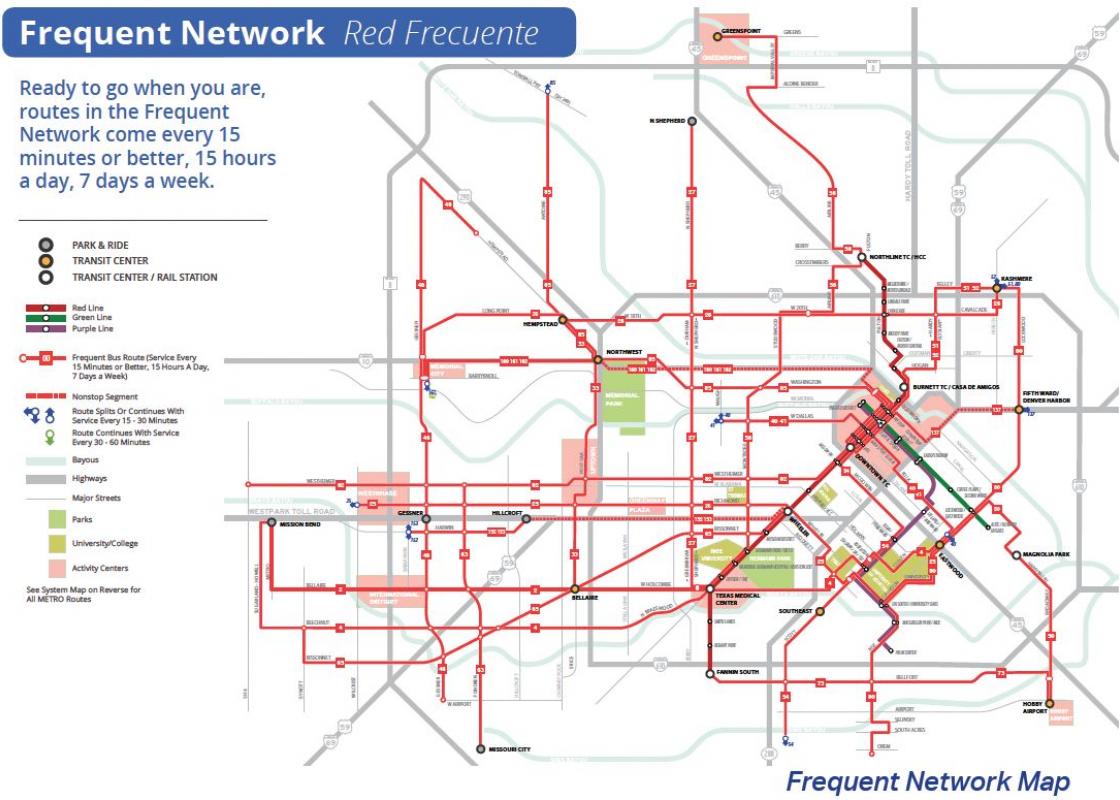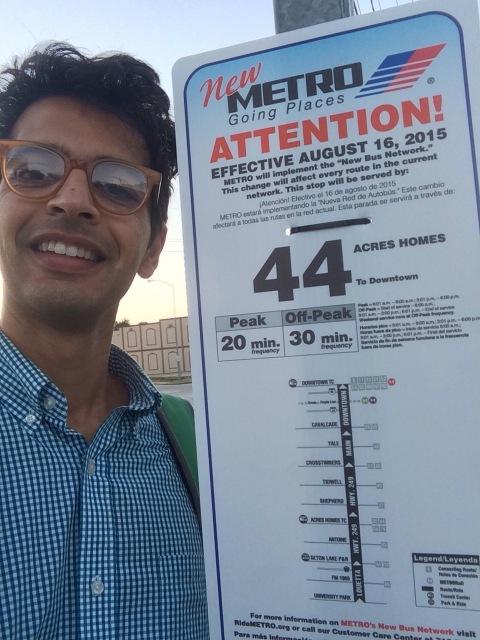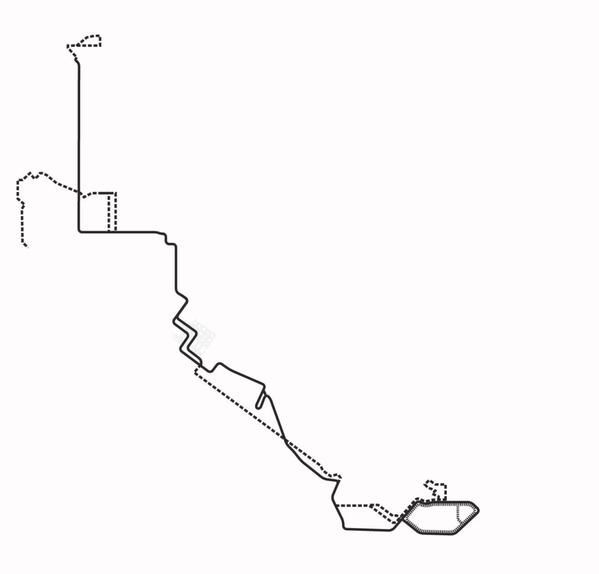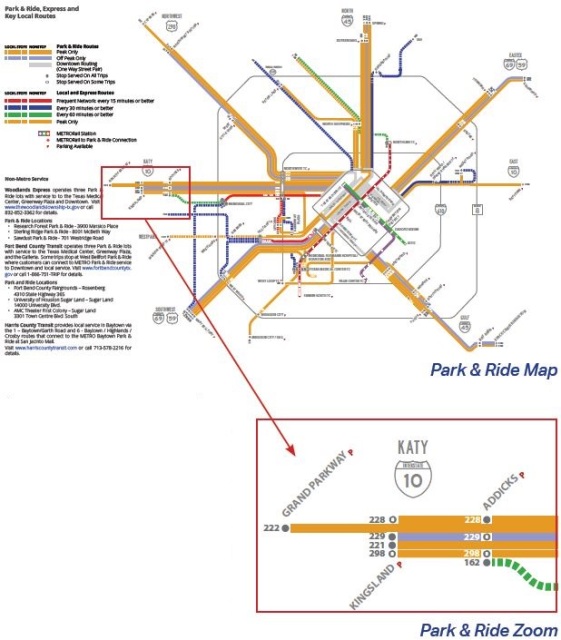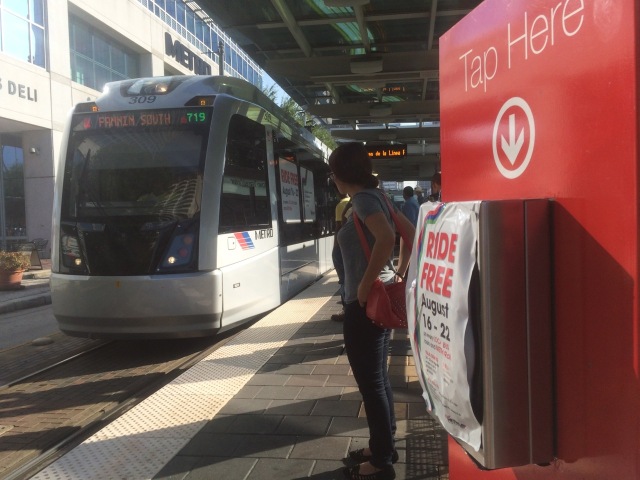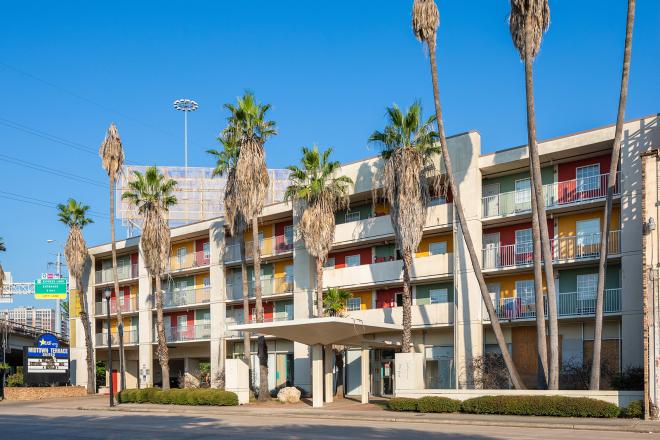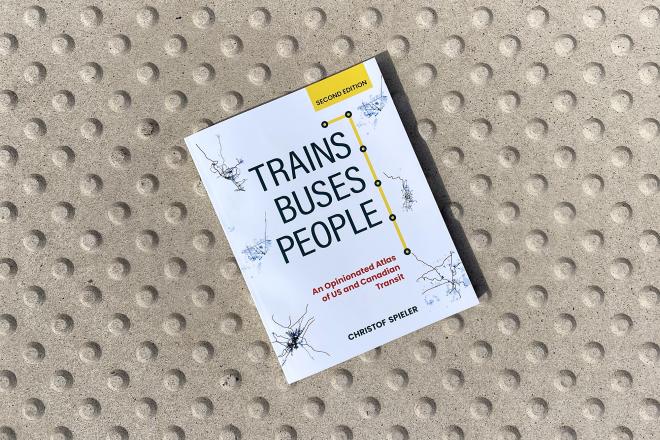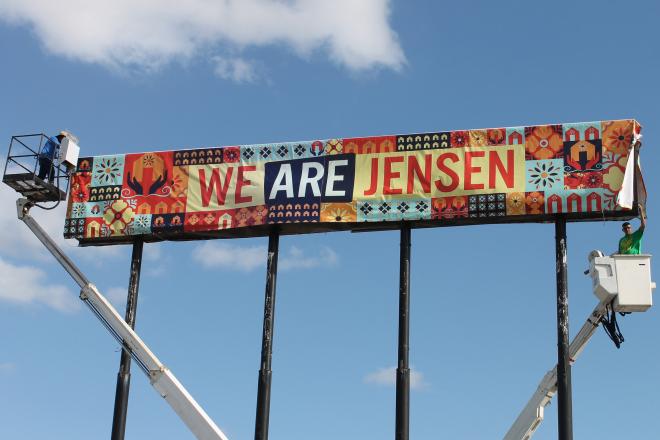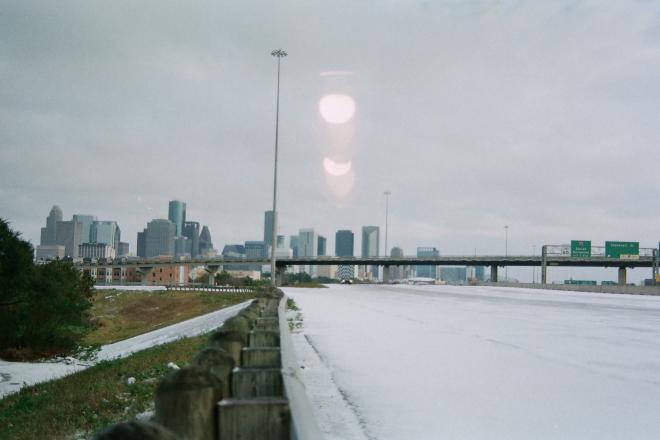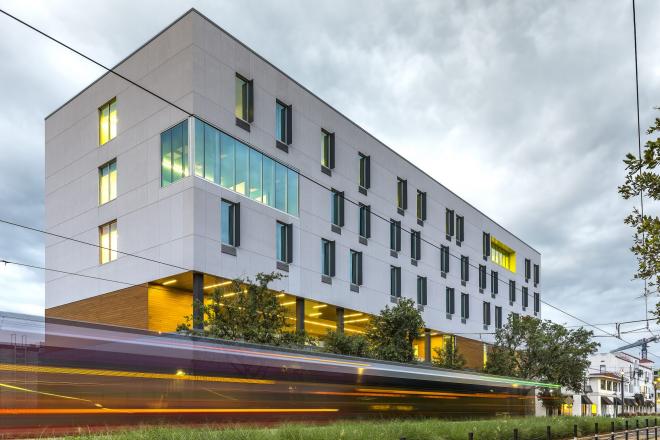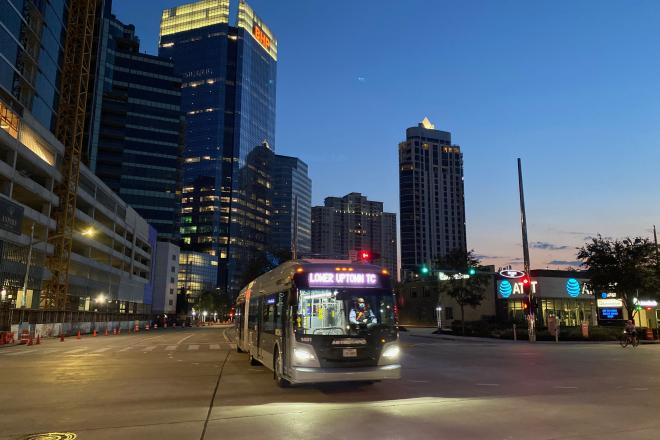In national transit circles, Houston has received glittering coverage for its reimagined bus system. Most recently TransitCenter heralded Rice School of Architecture senior lecturer and former Cite editorial chair Christof Spieler for his pivotal role on the Houston METRO board. All this national attention came in advance of the new plan going into effect. Last Sunday, the bus system launched, and we already have some firsthand assessments. I will survey what I've read and finish with my near-spiritual experience.
Kyle Shelton of Rice's Kinder Institute published a piece titled "To See If METRO’s Bus Overhaul Works, I Rode It With a 1-Year-Old." He travels on a Sunday with his family down Montrose Boulevard to Buffalo Bayou Park on one of the system's new 22 high-frequency, seven-days-a-week lines. He writes, "My son laughed as we watched dogs leap into the dog park ponds. Our family stopped by the Wortham Fountain and watched the mists carry off across the pathways." In the accompanying photo, the child gives a chubby-fingered thumbs-up to a METRO bus. Shelton's experience points to a whole new demographic and type of user for METRO --- the Sunday-picnic rider. What of the construction workers and phlebotomists on their daily commutes?
Dug Begley and Madlin Mekelberg of the Houston Chronicle report "[m]ixed reviews from riders on first workday of new Metro routes." Longer walks to some stops and confusion are the main complaints. Gail Delaughter of KUHF gave this brief report highlighting more direct routes to the Medical Center.
Now for my own experience. I am a daily rider and I happened to benefit from the irrational inefficiency of the old system. Two different and relatively frequent buses passed by my house on the way to Downtown. In the new system, only one relatively frequent bus serves my street. Wasted resources like the doubled-up bus lines by my house were distributed to a grid that brings high-frequency lines to our multiple job centers and densely populated areas. I am willing to give up a little service to my street if the whole system works better for me.
The morning of my first ride I experienced some confusion. The bus blew by me as I tried to find a stop on a long, previously unserved stretch by my kids' school. (Note to METRO: Please put a stop for the 44 at Houston Avenue and Bayland.) It was a minor inconvenience. I waited in a shady spot, the next bus arrived in about 15 minutes, and I transferred to the train at the Downtown Transit Center.
At a table of friendly if harried METRO representatives, I picked up a copy of the new METRO system maps. Designed by Asakura Robinson, METRO, and Traffic Engineers Inc., the new maps are a huge improvement. One bus rider claimed that the old maps were deliberately designed to confound you. Living carless in Houston can be so alienating that you start to believe that METRO’s failures are a nefarious plot. I never looked at the old maps. Taking the bus was a form of mysticism for me. You relied on your intuition. The new maps are so clear they are a revelation. Houston almost makes sense.
The old bus lines were like coils that had been pulled out and stomped on. The ends spiraled around neighborhoods and the middles jogged back and forth across the street grids. Having every bus converge Downtown doesn't make sense when our city is a multi-nodal conurbation, as Rice School of Architecture professor Albert Pope puts it. Why should I have to travel Downtown from the Heights to get to Uptown?
The new maps are beautiful to behold because the designers had a far more rational and orthogonal set of lines to work with. The Frequent Network map is the piece de resistance. Job centers, parks, freeways, and bayous are shown with the right line weights and opacities at a legible scale. You see our key assets with transit links in the foreground --- a view I much prefer to the decontextualized spiderweb of freeways normally used to represent Houston. (The clarity of the map also reveals the service gaps on the east side.)
The Park & Ride, Express, and Key Local Routes map is also gorgeous. Finally, you can see that we already have a commuter system to build on. This new map would have been helpful when I rode the 292 from Missouri City to Rice University for a year, and when I figured out how to get to Galveston by bus.
At the end of the day, I boarded the northbound 44 from the Downtown Transit Center. The bus was packed. (And it was even more packed the next day.) When I sat down, I saw an elderly woman who very closely resembled my deceased maternal grandmother. She wore a salwar kameez, her white hair in a bun, and a red bindi on her forehead. She got up to speak with the bus driver. She was agitated. The bus driver could not understand her question and asked her to take a seat. It was time for the bus to depart.
I asked if I could help. I translated the woman’s question about making a particular transfer. The bus driver said, “I don’t know. This is the first time I’m driving this route.”
“How do you know where to drive?” I asked.
“With the help of the passengers and this paper,” she said holding up a list of stops.
“Oh Lord,” I said and all the passengers burst in laughter as we pulled away from the curb.
It turned out that the elderly woman was not only Indian but a Gujarati-speaking, vegetarian Hindu like my grandmothers. I sat down with her and went over the system map. (How clear it is!) Once she knew that she could make it back to her retirement community, she settled down and told me her life story. After her marriage with a wealthy man ended --- “I don’t need money, just love” --- she raised her kids alone and lived independently. She made this point again and again, each time grinning and pumping her right fist in the air like a drum major. She then shared various religious insights with me and instructed me on living a virtuous life, emphasizing the importance of not speaking ill of others because it is sin.
In the 10 years I have used METRO I never came across a fellow Gujarati speaker, and the one day I did happened to be when everyone was a bit confused and my multilingualism came in handy. The Goddess did not reveal herself (unless she did), but I had a nice conversation that brought back memories of my own beloved grandmothers.
The local buses and light rail are free until August 22, and if you are thinking of trying METRO for the first time I recommend this guide published by Traffic Engineers Inc. Their first piece of advice: "METRO has a nice trip planning app (search METRO T.R.I.P. in your Apple or Google app store) which is particularly useful for telling you when the next bus is coming to any location. And Google Maps (as an app or on the web) is hard to beat as a transit trip planner."
Further Reading
Fairbank, Rachel. “How I Learned to Love a Two-Hour Bus Commute.” OffCite.org. June 12, 2015.
Spieler, Christof. "Mapping Time." June 4, 2014.
Tatke, Sukhada. “Carless in Houston.” Texas Monthly. August 13, 2015.


